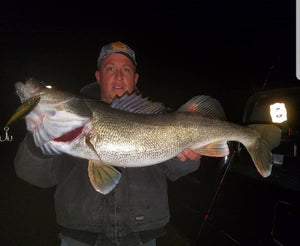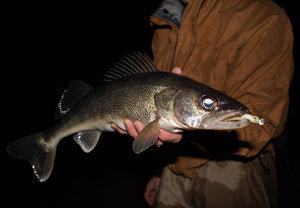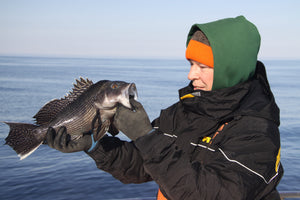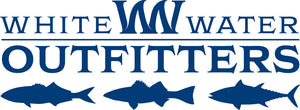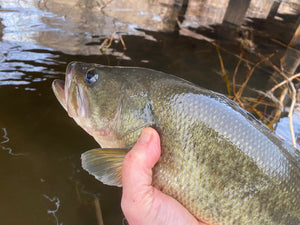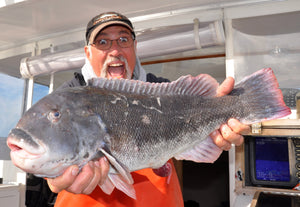Hit Shinnecock Canal for a Summer Mixed Bag
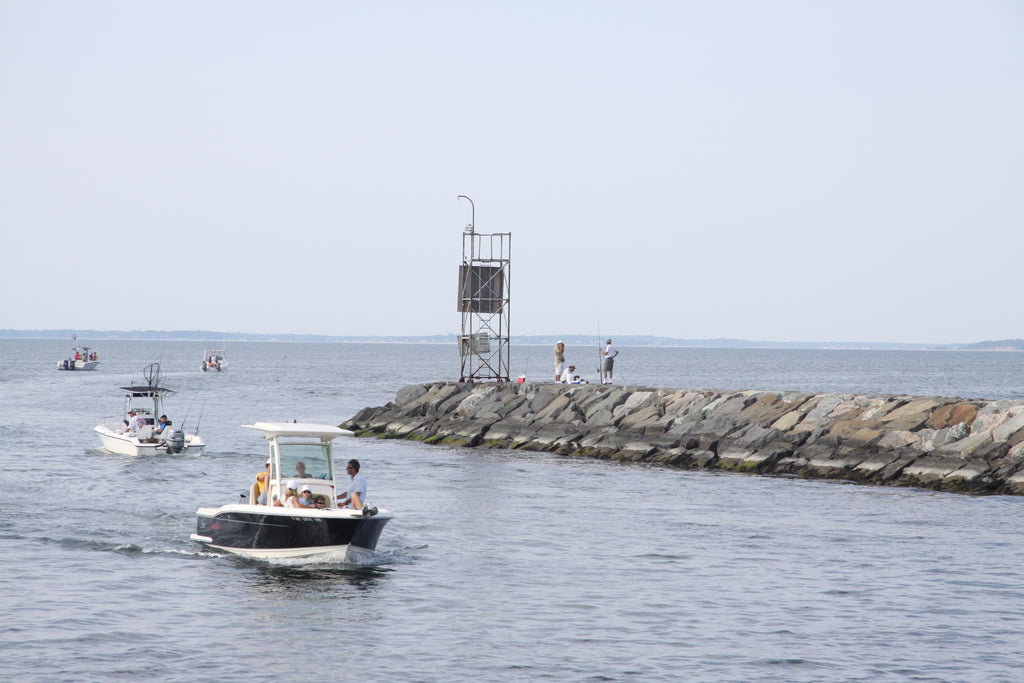
Perhaps no place on Long Island is as associated with summertime shore fishing success than is the Shinnecock Canal in Hampton Bays. Those of you with a little gray behind the ears may remember this location as a premiere destination for catching winter flounder in the 1970’s, tiderunner weakfish through the 1980’s and keeper fluke during the 1990’s and early 2000s.
The fishing here has certainly changed over the years, but the canal remains a serious go-to place to this very day, with a mixed-bag of porgies, fluke, school weakfish, cocktail blues, triggerfish, snappers and blue claw crabs the current standards, and striped bass, larger weaks, and an occasional blowfish providing additional thrills. Indeed, Shinnecock Canal remains as good a site as any for beginners, novice anglers and growing fishing families to enter the game - and if you need a little help getting started, this is definitely the right place as White Water Outfitters is located just a quarter-mile east of the south end of the canal on Montauk Highway.

Due to strong currents when the locks are open, fishing at Shinnecock Canal is generally best while the locks are closed. Triggerfish, a canal treat, are usually caught tight to the walls. OutdoorTom.com photo.
Access to the canal is easy, and no special permits are required to fish here during daylight hours. Although you’ll find a few accessible points on the east side of the canal if you poke around, most anglers set up home base in the west side parking lot along Canal Road. Parking here puts the entire center span of the canal within easy walking distance. Should you rather try the north end jetties, the west side groin is easily accessible from Sunset Avenue off Newtown Road.
A man-made channel that connects Peconic Bay with Shinnecock Bay, at the base of the South Fork, Shinnecock Canal and its lock system was originally designed to restrain the shallow waters of Shinnecock Bay from draining into deeper Peconic Bay. In fact, were it not for the heavy steel gates, Shinnecock Bay at low tide would be little more than a huge mud flat. Amazingly simple in concept, if not design, opening and closing of the locks here is powered by the tide. When water builds up on the Peconic side, the pressure pushes the gates open, allowing the tide to flow through. When the tide turns around, the gates slam closed from the Shinnecock side, preventing the water from flowing back between The Forks.

Blowfish have been in good supply at Shinnecock Canal over the past few years. They are one of the tastiest fish in the sea. OutdoorTom.com photo.
If you head out here with mixed-bag intentions, don’t feel you need to be anchored to any one spot along the banks. To be sure, porgies seem to favor the north end of the canal where it empties into Peconic Bay while fluke are more inclined to set up somewhere between the railroad bridge and south end of the canal, but if you aren’t scoring, try moving a little bit in either direction. Triggerfish, by comparison, are often caught in the vicinity of the railroad bridge and within inches of the walls, while snappers, cocktail blues and blowfish seem to roam the entire stretch with no real claim of loyalty to any particular spot.
Other visitors to the canal include kingfish, sea bass, small jacks, and blue claw crabs of the biggest type, which will come to the surface here both day and night. More serious predators, such as weakfish and stripers, are most available after dark - but we’ll leave them for another discussion down the road. Sea robins, as they are most places, seem to be especially well-represented here.

No matter the species you target, the general rule is to fish the canal while the locks are closed, or just before they close or open. That’s’ because when the locks are full agape, the current here can run exceptionally hard making it difficult to present baits or lures properly. Expect the locks to close three-and-a-half hours before the high tide listed for Sandy Hook on tide charts and reopen open two-and-a-half hours after the Sandy Hook listing. You can also call the canal office at 631-852-8299 to find out opening and closing times. If bringing young children to fish here, note there is no barrier between the water and the walkway, so have them wear a life vest under a watchful eye at all times.
As for rigs, baits and lures, it’s best to keep things simple while fishing here. There is plenty of rip-rap and rubble scattered across the canal bed and any bells or whistles you accessorize with will increase the odds of getting snagged. Hi-low rigs tied for porgy or sea bass work as catch-all options for bottom fishing here. In terms of bait, clams bring the most bang for the buck because they stay on the hook well and interest just about everything that passes through the canal. If you want to use a jig or bucktail, start with a half-ounce jighead or bucktail and add a Berkley Gulp! 4- or 5-inch Swimming Minnow, Fin-S-Fish or Bass Assassin in pearl, chartreuse or white. Jig slowly when the current is slacked, moderately if the water is still moving.

Snapper blues are a favorite target at the canal in years when the run is strong. OutdoorTom.com photo.
In addition to the bottom fishing, some seasons see a very solid snapper (juvenile bluefish) run here. That usually starts up in mid-July and spills into October. Expect the baby blues to measure five to seven inches in July, seven to nine inches in August, and eight to ten inches or more in September and October. An AFW Snapper Popper Rig teamed with spearing baits, small Kastmasters, or a spearing suspended from a snapper hook set three feet below a float, are all you need to cash in on that action.
- Bryce Poyer

